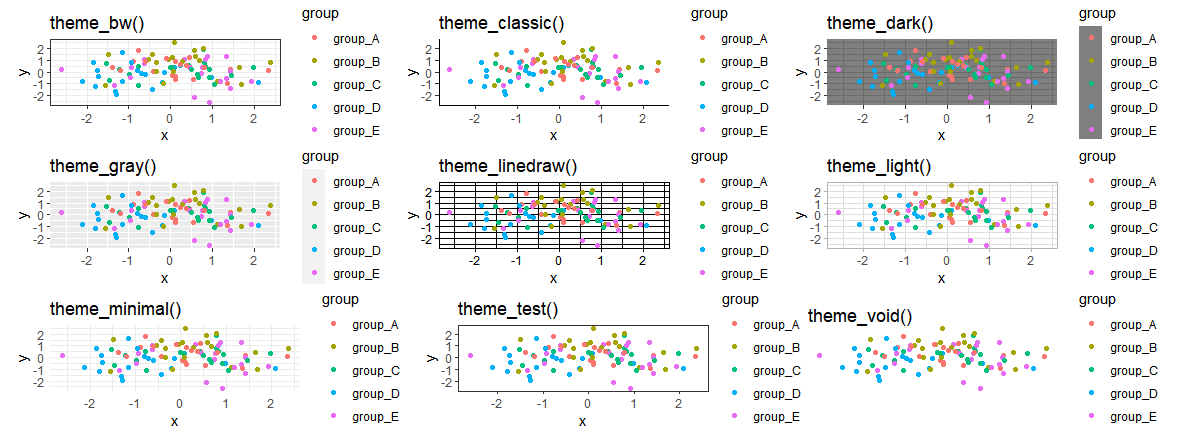Extract values from vector in R: dplyr
Extract values from vector in R, we will delve into extracting specific values from a vector using the nth, first, and last functions from the dplyr package in R programming language. The article is structured into four examples that demonstrate the extraction of vector elements. Extract patterns in R? » Data Science Tutorials Extract values…







